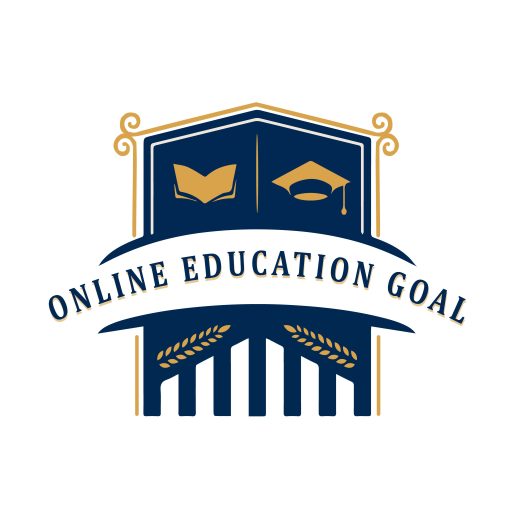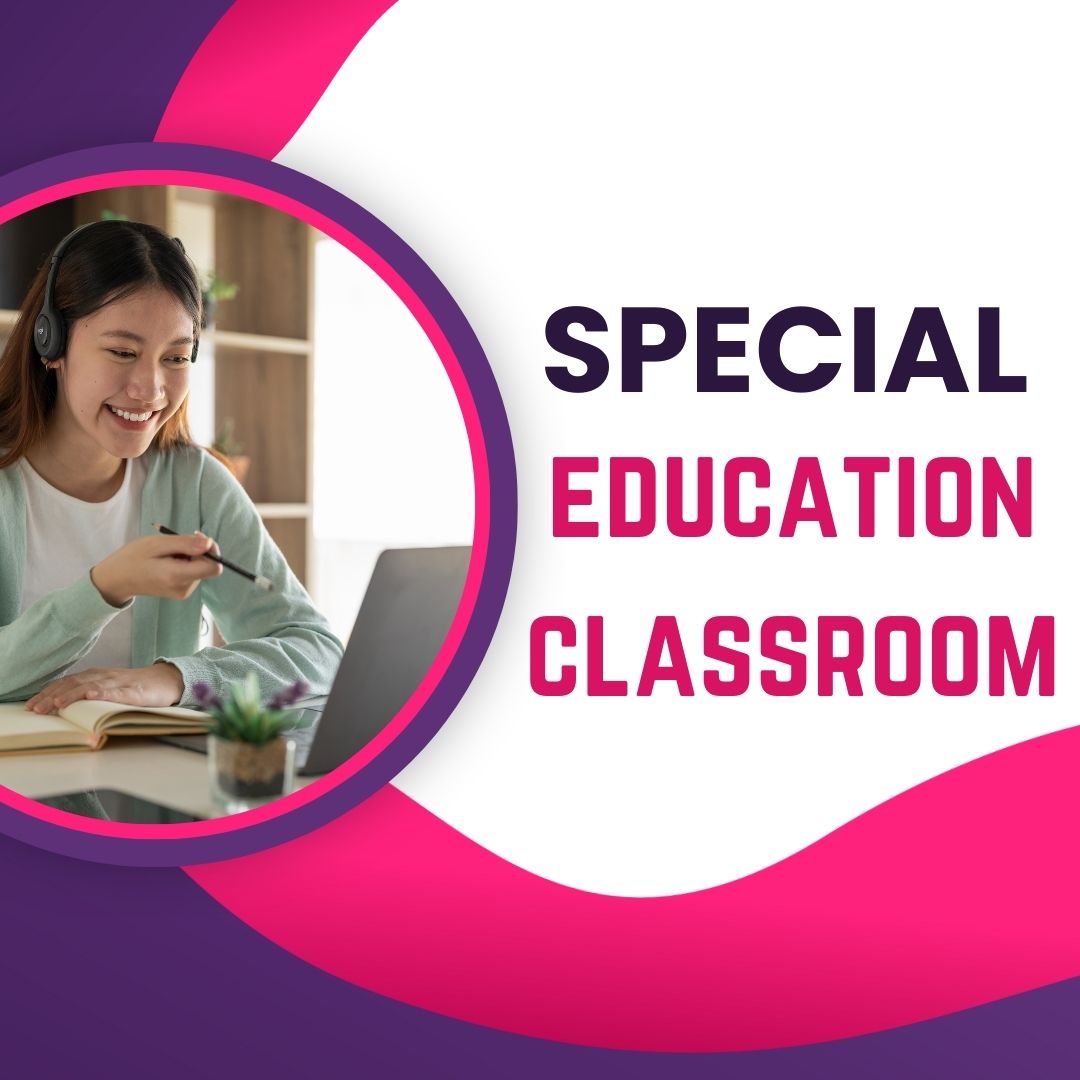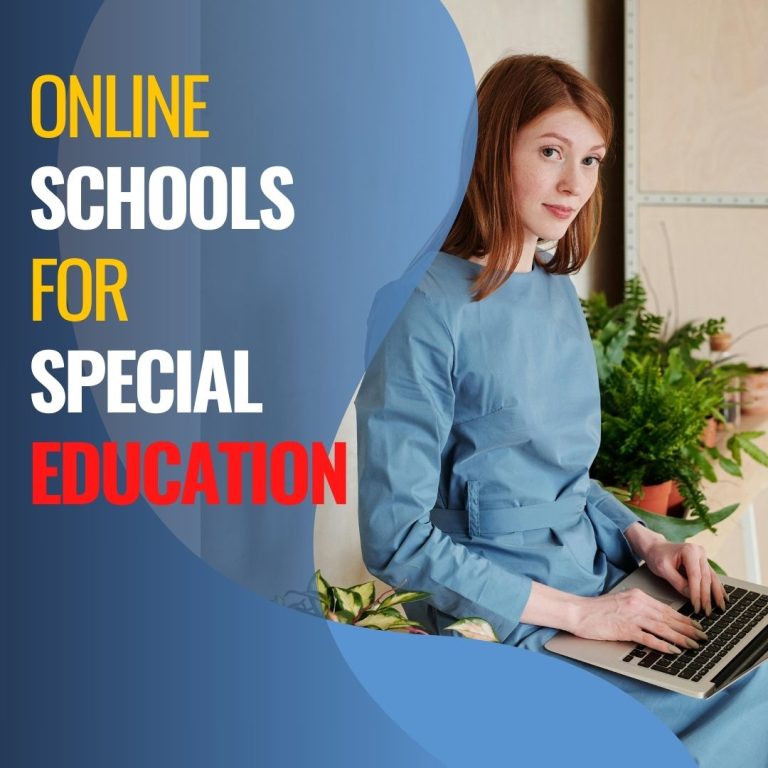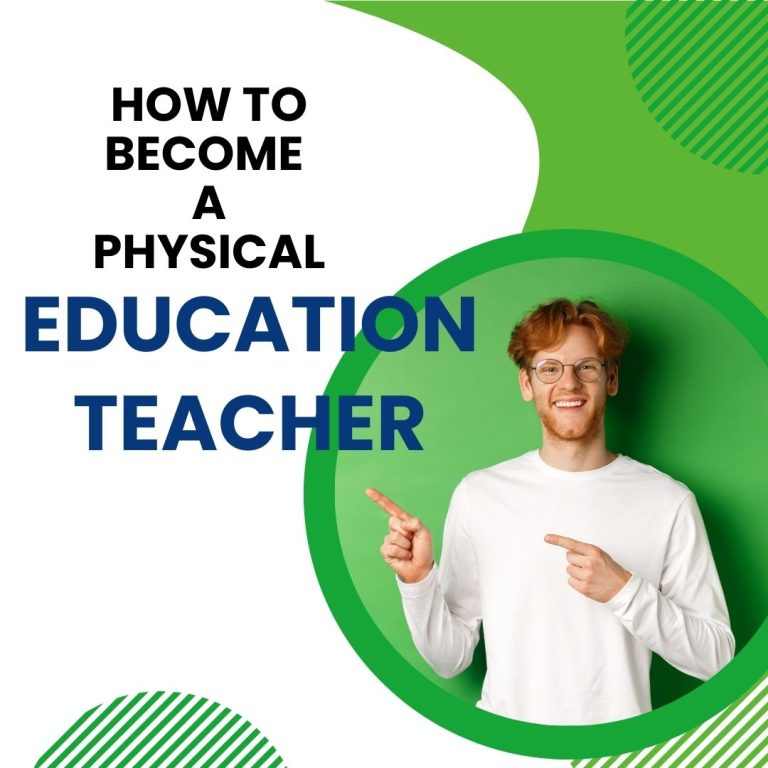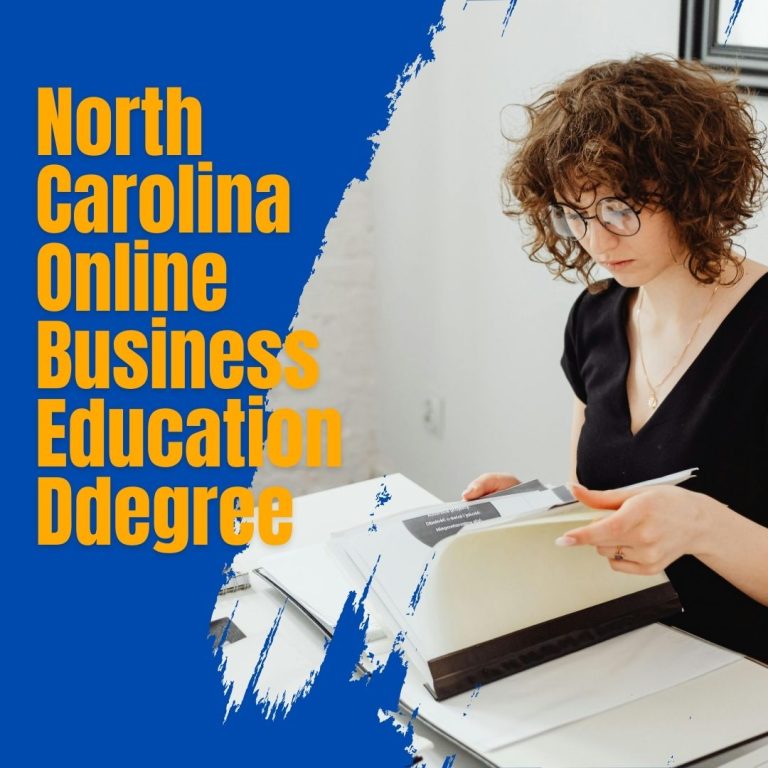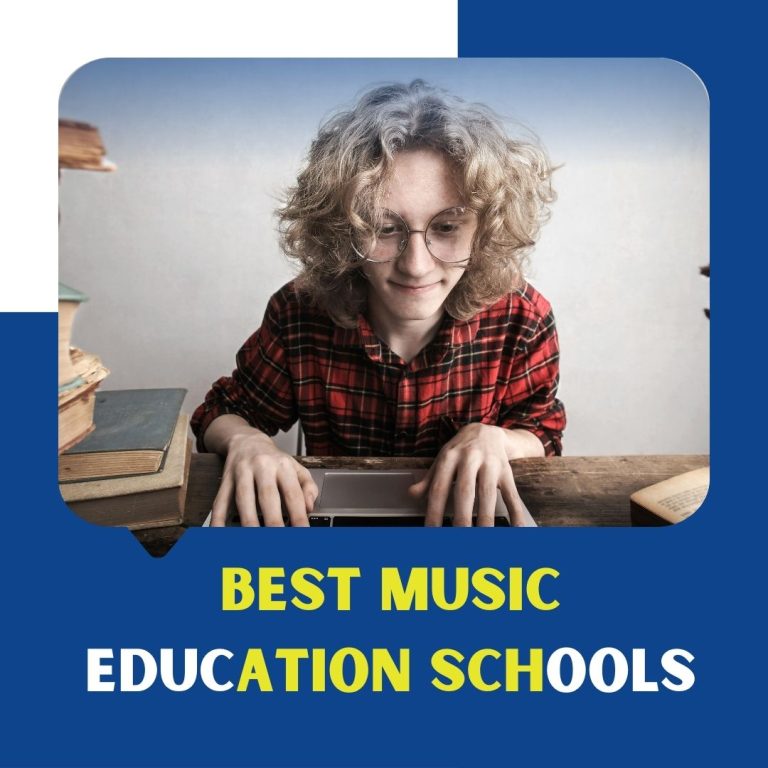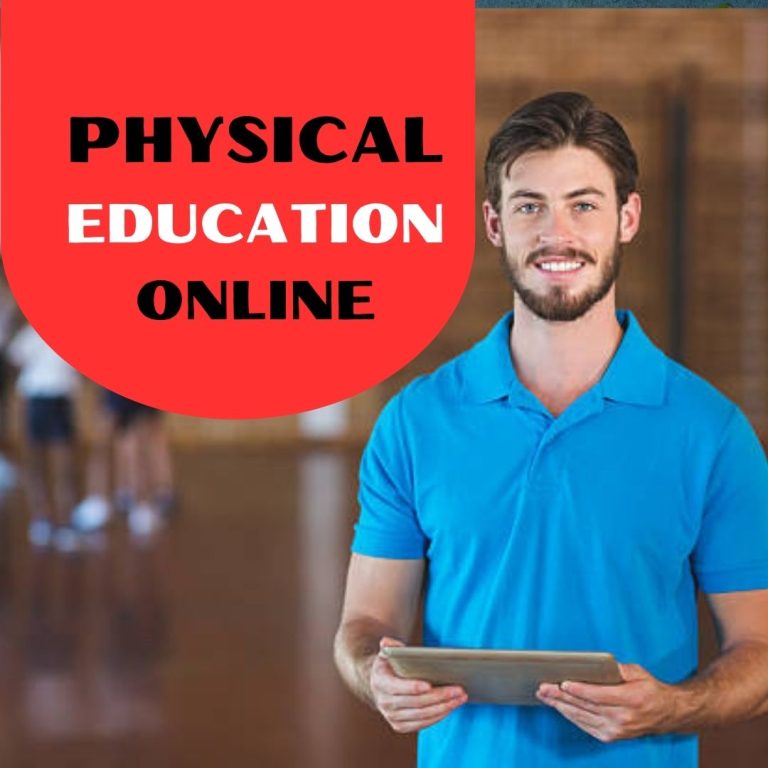Special Education Classroom Strategies for Success
A Special Education Classroom is tailored to meet the unique needs of students with disabilities. It provides specialized instruction and accommodations to support learning.
Embracing inclusivity and accessibility, a Special Education Classroom paves the way for students with a range of disabilities to receive equitable education. Dedicated educators, equipped with specialized training, develop individualized education programs (IEPs) to cater to each student’s educational requirements.
These environments often feature a lower student-to-teacher ratio, allowing for more individualized attention and a focus on developing each child’s strengths. Enhanced by assistive technologies and teaching aids, Special Education Classrooms aim to foster a positive learning atmosphere wherein every student can flourish. Providing the foundation for lifelong learning, this specialized setting plays a vital role in helping students overcome challenges and achieve their full potential.
Introduction To Special Education Success
Welcome to the journey towards Special Education Success. Embracing diversity within the classroom walls opens doors to a world where every student has the chance to thrive. Unique educational approaches designed for students with special needs form the backbone of their academic and life success. Here’s how we set the stage for achievement in special education.
Setting The Stage: Inclusive Education
An inclusive environment is essential for fostering growth among all students. This means a classroom where students with various abilities learn together. Teachers, parents, and peers collaborate, promoting an atmosphere of acceptance and support. Let’s dive into the specifics:
- Students feel valued and equal.
- Different learning styles are respected.
- Social barriers are broken down.
The Importance Of Tailored Strategies
Success in special education demands personalized teaching techniques. Each child’s learning plan should match their strengths and areas for improvement. Here we outline why these strategies matter:
| Strategy | Benefits |
|---|---|
| Individualized Education Programs (IEPs) | Maps out a personalized learning journey for success. |
| Visual Aids | Boosts understanding and retention for visual learners. |
| Assistive Technology | Levels the playing field for students with disabilities. |
Identifying Individual Needs
Every child is unique, especially within the special education classroom. It’s essential to pinpoint precisely what each student needs to succeed. We’ll explore how educators use various tools and strategies to recognize and address these needs, crafting tailored education plans for every learner.
Assessment Tools And Techniques
Effective assessment is the cornerstone of special education. To truly understand a student’s abilities and challenges, educators employ a variety of assessment tools and techniques.
- Observations in the classroom capture how students interact with their environment and peers.
- Standardized tests provide measurable data on students’ proficiency in key areas.
- Interviews and questionnaires gather insights from students, parents, and teachers.
- Behavioral assessments help determine how students respond to different situations.
These approaches ensure a comprehensive understanding of each child’s educational requirements.
Creating Individualized Education Programs (ieps)
With the data from assessments, educators design Individualized Education Programs (IEPs). These documents are key to a special education student’s success.
| IEP Component | Description | Benefit to Student |
|---|---|---|
| Goals | Specific skills and milestones for the student to achieve. | Provides clear targets for progress. |
| Services | Types of support the student will receive, like speech therapy. | Addresses individual learning challenges. |
| Progress Monitoring | Regular reviews of the student’s advancement towards goals. | Keeps education on track and allows for adjustments. |
| Parental Involvement | Ways in which parents can support their child’s learning at home. | Strengthens the link between home and school learning. |
A well-crafted IEP is a roadmap for success, detailing the support and resources necessary to help students thrive.
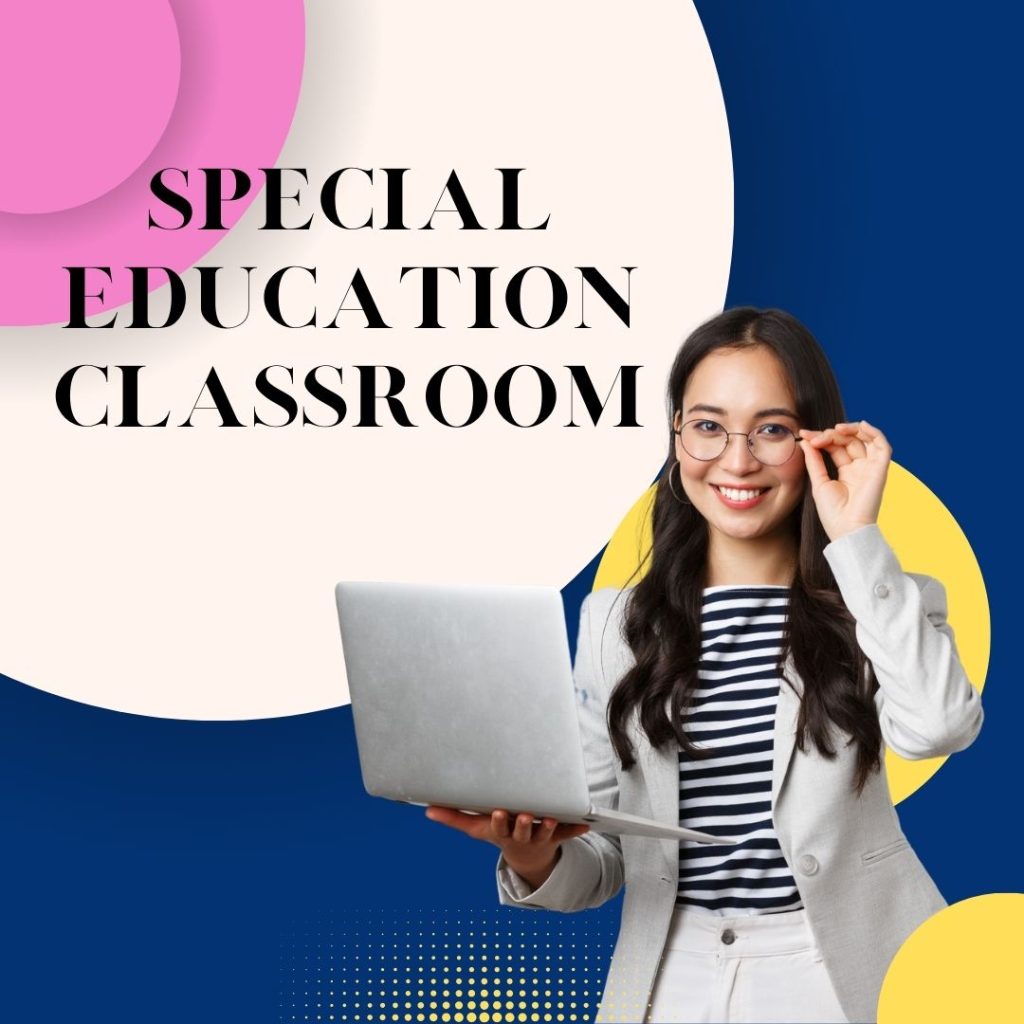
Creating An Engaging Learning Environment
Creating an Engaging Learning Environment in special education classrooms is key to fostering learning and growth. Teachers and educators strive to tailor the learning space to meet the diverse needs of their students. By focusing on adaptive classroom design and incorporating sensory-friendly resources, these educational spaces can become havens of discovery and development for students with special needs.
Adaptive Classroom Design
Adapting a classroom for special education involves thoughtful placement of furniture and resources. This creates a versatile and accessible environment for all learners. The design takes into account both mobility and cognitive needs, ensuring that every student can navigate and utilize the space effectively.
- Flexible seating options accommodate various learning styles.
- Mobile desks and chairs allow for easy reconfiguration.
- Clear pathways improve room navigation for everyone.
Spacing between furniture is important to reduce overstimulation and distractions.
Incorporating Sensory-friendly Resources
Sensory-friendly resources are essential for a supportive learning environment. They offer unique ways to engage the senses and enhance the learning experience. These tools are not only therapeutic but they also help students focus and process information better.
- Tactile materials aid in hands-on learning.
- Visual schedules provide structure and predictability.
- Quiet areas give space for calming down and regrouping.
Lighting and acoustics are adjusted to avoid sensory overload, fostering a calm atmosphere.
Behavioral Management Techniques
Managing behavior in a special education classroom can be challenging. Behavioral Management Techniques help teachers create a positive learning environment. These techniques allow students to feel safe and focused. Let’s explore some effective methods.
Positive Reinforcement Methods
Positive reinforcement can shape students’ behavior for the better. It encourages good behavior by offering rewards. Here are some methods:
- Praise: Acknowledge good behavior with words of encouragement.
- Points system: Award points for positive actions. These points can turn into rewards.
- Sticker charts: Give stickers for achievements. Full charts earn a special privilege.
Each student is unique. Tailoring reinforcement to each child’s needs is important. Rewards should be meaningful to them.
De-escalation Strategies That Work
De-escalation strategies can prevent behavior from getting out of hand. These strategies help maintain a calm classroom. Here are a few that are proven to work:
| Strategy | Description |
|---|---|
| Time-out | A short break from activities to help students regain control. |
| Speak calmly | Use a gentle voice to soothe and de-escalate situations. |
| Divert attention | Redirect focus to a different, positive activity to defuse tension. |
Remember, the key is consistency. Apply these strategies regularly. Each student should know what to expect. This helps create a stable learning environment.
Instructional Strategies That Make A Difference
Instructional Strategies That Make a Difference are key in Special Education Classrooms. Teachers are always seeking effective ways to reach every student. These strategies can transform learning experiences. They tap into individual strengths and address diverse learning needs. Let’s explore techniques that truly change the game.
Differentiated Instruction
Differentiated Instruction tailors learning for each pupil. It’s not one-size-fits-all. Teachers set varied tasks for different ability levels. This ensures all children learn at their pace.
- Group Work: Students work in small teams. Each team tackles tasks matching their skills.
- Choice Boards: Kids pick activities they enjoy. This keeps learning fun and engaging.
- Custom Assessments: Tests suit individual learning goals. Success is measured differently for everyone.
Multi-sensory Approaches
Using Multi-Sensory Approaches helps strengthen understanding. It combines seeing, hearing, and doing. This engages more parts of the brain.
| Sense | Activities |
|---|---|
| Visual | Flashcards, diagrams, videos |
| Auditory | Songs, read-alouds, discussion |
| Kinesthetic | Hands-on experiments, building, acting |
By touching multiple senses, learning sticks better. It’s fun too! Everyone finds a way to connect with the material. It’s a win-win for all.
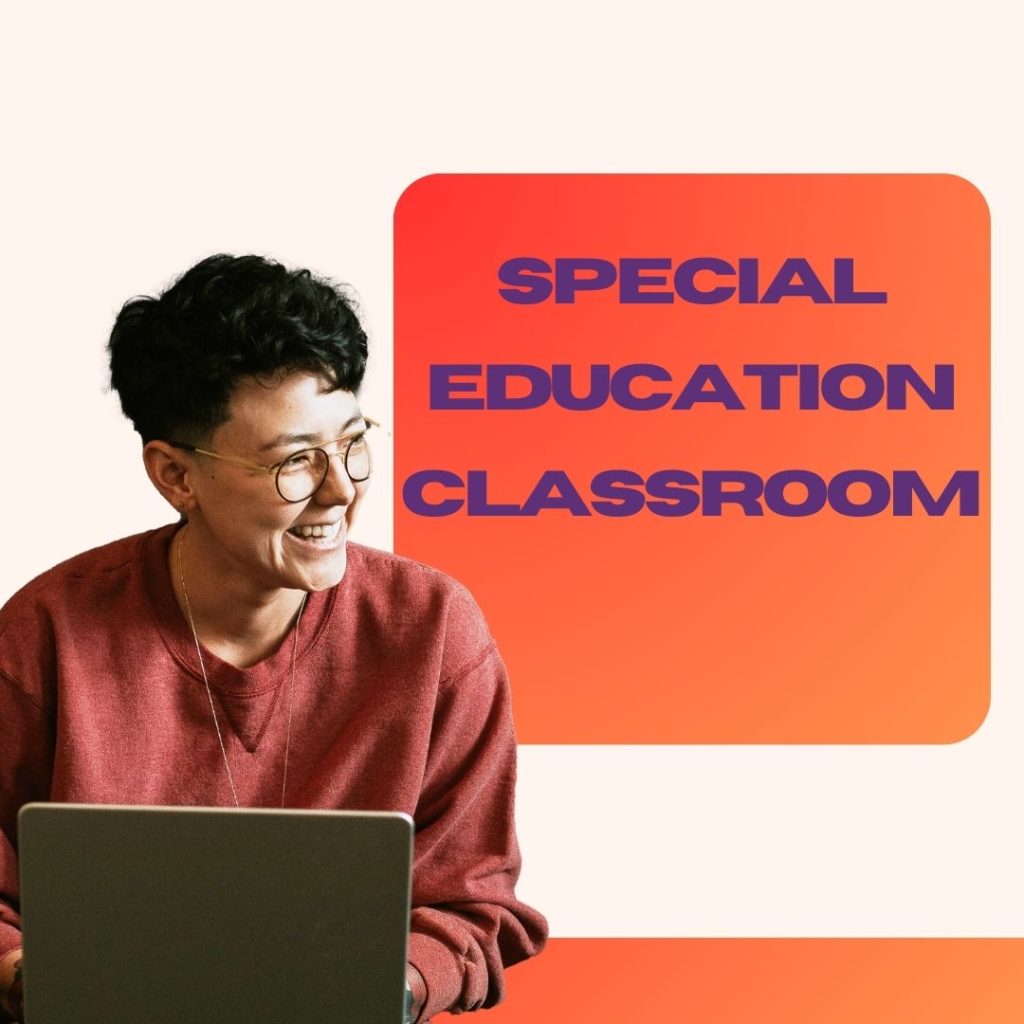
Enhancing Communication Skills
Effective communication is a vital skill in any learning environment, especially in a special education classroom. Students with diverse needs require unique strategies to express themselves and engage with others. Enhancing communication skills opens doors to learning, understanding, and forming relationships. Here, we will explore effective tools and methods to boost these skills in children needing special education.
Augmentative And Alternative Communication
Augmentative and Alternative Communication (AAC) provides a voice for children who cannot speak. These tools and strategies include everything from picture boards to digital devices. They offer students ways to share their thoughts without using traditional speech.
- Picture Exchange Systems: Allow kids to use images to ask for what they need.
- Speech-Generating Devices: Children press buttons to create spoken words.
- Mobile Apps: Turn tablets into communication aids with simple touches.
| AAC Tool | Function | Impact |
|---|---|---|
| Sign Language | Hand signs replace spoken words. | Boosts self-expression |
| Boardmakers | Visual aids to support speech. | Enhances understanding |
| Text-to-Speech | Converts text into audible voice. | Improves interaction |
Building Social Interaction
Social skills are critical for students in special education to feel connected. Structured activities and guided play enhance these skills in a fun, interactive way.
- Role-Playing: Kids practice greeting and conversing through play.
- Turn-Taking Games: Teach patience and listening in group settings.
- Storytelling Circles: Students share stories, learning to express emotions.
Peer Buddy Systems: Pair students to foster friendships and aid communication growth. Teachers observe to ensure positive interactions.
Consistent Routines: Establish a safe space for kids to practice new skills. Daily practice leads to stronger communication over time.
Incorporating Technology And Assistive Devices
The special education classroom thrives on the incorporation of technology and assistive devices. This modern approach transforms learning experiences. It tailors educational journeys for diverse learners. Tech tools and devices help meet individual student needs. They also foster an inclusive and accessible environment.
Tech Tools For Personalized Learning
Every student is unique. Tech tools help cater to these differences. They support personalized learning paths. This makes lessons relevant to each learner’s needs.
- Interactive Whiteboards: Engage students with visual learning.
- Educational Apps: Offer games and activities for skill development.
- Reading Software: Adapt text difficulty to suit various reading levels.
Software tracks progress too. It allows educators to tailor instruction. Personalized feedback is possible through this tech.
Assistive Technology In Everyday Teaching
Assistive technology breaks barriers in education. It supports students with disabilities in the classroom daily.
| Technology Type | Benefits |
|---|---|
| Text-to-Speech Tools | Help with reading challenges. |
| Speech Recognition Software | Assist in writing without typing. |
| Audiobooks and E-readers | Provide access to diverse literature. |
| Communication Devices | Enable verbal expression for non-verbal students. |
Tech tools and devices are indispensable in modern special education. They ensure each lesson is accessible. They also promote independence and confidence among students. Embracing these resources is key for a future-ready classroom.
Collaboration With Families And Professionals
Success in a Special Education Classroom often hinges on strong teamwork. This teamwork is not limited to the classroom itself. It extends to forming partnerships with families and pooling the expertise of various professionals. These collaborations create a support network essential for each child’s unique educational journey.
Partnering With Parents For Success
Active parent involvement is crucial for a child’s growth. Parents offer insights that teachers may not see in the classroom. Together, they tailor learning to fit the child’s needs.
- Regular communication keeps parents in the loop.
- Meetings and workshops empower parents with resources and strategies.
- Home activities bridge school learning and home practice.
- Parent volunteers bring a piece of home to the classroom.
Interdisciplinary Team Approach
A team of professionals from different fields brings a rich tapestry of skills to the Special Education Classroom. Teachers, therapists, and specialists converge to ensure holistic growth for the students.
| Team Member | Role |
|---|---|
| Special Educator | Designs and delivers tailored curriculum |
| Occupational Therapist | Assists in developing daily living skills |
| Speech Therapist | Enhances communication abilities |
| Psychologist | Supports emotional and social development |
This collaborative model pools knowledge, identify gaps, and creates a seamless learning experience. Individual goals are met with a collective effort.
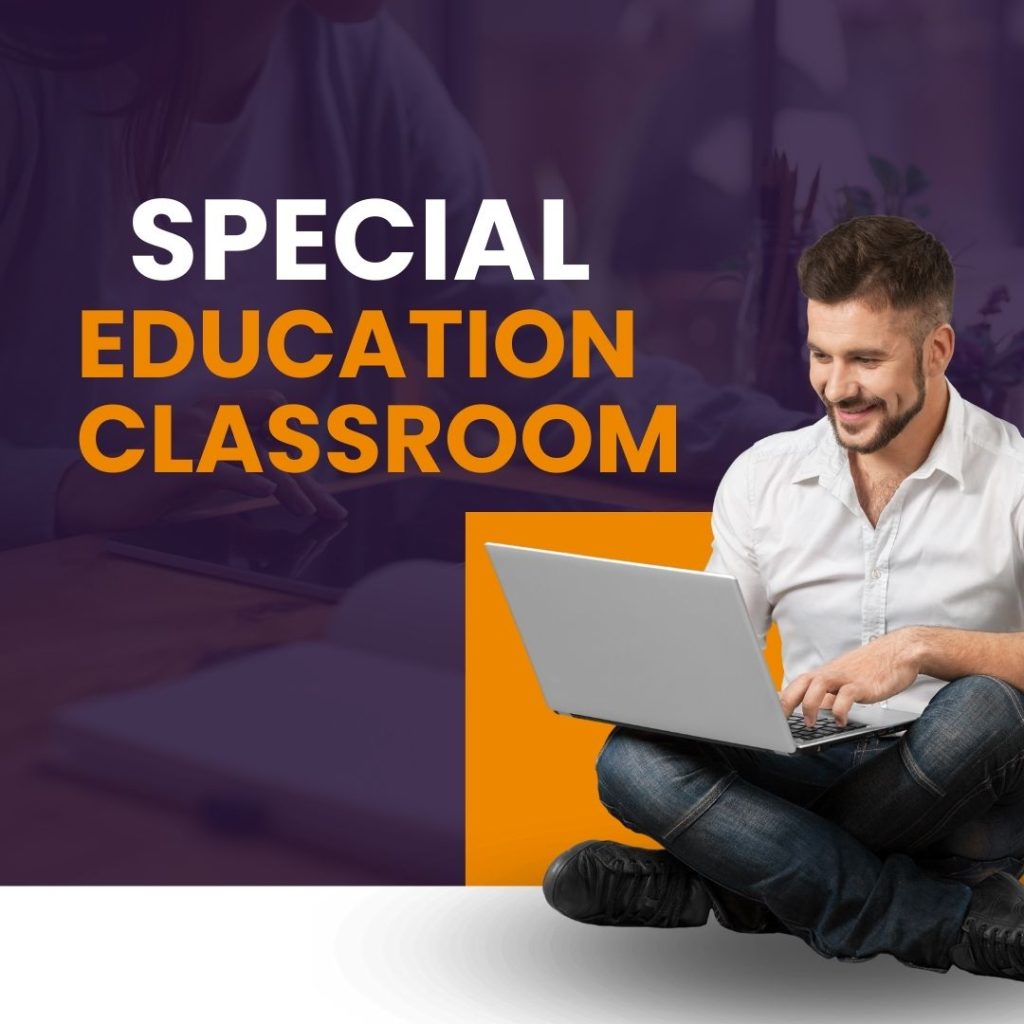
Assessing Progress And Outcomes
Assessing Progress and Outcomes is a crucial element in Special Education. Teachers and educators need effective ways to track student progress. This helps students reach their full potential. It also ensures the education provided meets individual needs.
Measuring Student Achievements
Teachers use various tools to measure student achievements. These include standardized tests and personalized assessments. The goal is to understand each student’s learning journey. Teachers track improvements in skills and knowledge over time. Regular assessments guide teaching methods. They ensure each student’s needs are met.
Continuous Improvement And Adaptation
Special education classrooms are dynamic environments. Teachers must adapt their strategies to meet changing needs. Continuous improvement is part of the process of special education. It helps children overcome challenges. It facilitates growth in both academic and life skills.
Reflection and feedback are key. They provide insights for better support. Continuous adaptation ensures the classroom remains a conducive learning space.
Education teams often use data from assessments to inform instruction. This table outlines the alteration of strategies based on student progress:
| Assessment Findings | Strategies Adapted |
|---|---|
| Improved reading skills | Advanced reading materials |
| Difficulty in math concepts | Hands-on learning tools |
| Enhanced social interaction | Group activities |
Professional Development For Teachers
Teachers in special education classrooms face unique challenges daily. To tackle these effectively, they must undergo specialized professional development. This training empowers them to support diverse learners with different needs.
Ongoing Learning Opportunities
Continued education remains crucial for special education teachers. These opportunities help them stay current with the latest teaching strategies and research in special education. Various forms of ongoing learning include:
- Workshops and seminars – In-depth sessions on specific topics.
- Online courses – Flexible learning to suit busy schedules.
- Conferences – Networking and learning from thought leaders.
- Graduate courses – Advanced degrees for in-depth knowledge.
Teachers can apply this new knowledge directly in their classrooms to benefit their students.
Building A Community Of Practice
Special education is a field where collaboration brings great rewards. Building a community of practice among teachers is key. It allows knowledge sharing and support. It leads to improved student outcomes. Here are ways teachers can build this community:
- Regular meetings – Teachers share experiences and strategies.
- Mentoring – New teachers learn from experienced colleagues.
- Discussion forums – Online platforms for sharing resources.
- Peer observations – Classroom visits to observe and learn.
Such a community ensures that knowledge is shared and continually enhanced. Together, teachers can face classroom challenges more effectively and with greater confidence.
| Type of Professional Development | Positive Outcomes Reported |
|---|---|
| Workshops/Seminars | Improvement in targeted teaching skills |
| Online Courses | Convenience and diverse subject offerings |
| Conferences | Access to the latest industry research |
| Graduate Courses | Deep understanding of special education |
Conclusion: Fostering Lifelong Success
Special Education Classrooms lay the foundation for students with diverse needs. Teachers use powerful strategies to ensure each child thrives. The goal is not just academic success; it’s preparing students for life beyond the classroom.
Reflecting On The Impact Of Effective Strategies
As the school year ends, it’s key to reflect on the progress made. Activities like social skill-building and personalized learning plans stand out. These strategies lead to emotional growth and better life skills.
- Hands-on learning turns lessons into practical skills.
- Positive behavior support helps students manage their actions.
- Communication tools empower students to express themselves.
Looking Ahead: The Future Of Special Education
Embrace change and innovation. New technologies and teaching methods await. They promise more inclusion and tailored support. Future classrooms will adapt to each child’s unique journey.
| Tech Innovations | Teaching Approaches |
|---|---|
| Virtual Reality | Project-Based Learning |
| Assistive Devices | Peer Mentoring |
| Online Platforms | Cultural Competency |
The future shines bright. Let’s equip our students with the tools for success.
Frequently Asked Questions On Special Education Classroom
What Defines A Special Education Classroom?
Special education classrooms are tailored to meet the needs of students with disabilities. They provide modified instruction, equipment, and resources. This ensures an accessible learning environment for those requiring additional support.
How Is A Special Ed Classroom Structured?
Special ed classrooms often have fewer students and are configured to promote focused learning. They have flexible seating and specialized tools. The structure fosters individualized education plans and caters to unique learning styles.
What Technologies Assist In Special Education?
Technologies like interactive whiteboards, speech-to-text software, and educational apps are common in special education. They help customize learning experiences and engage students with diverse needs effectively.
How Do Special Education Teachers Adapt Lessons?
Special education teachers adapt lessons through differentiated instruction, adjusted pacing, and multisensory strategies. They aim to accommodate different learning abilities and enhance comprehension for all students.
Conclusion
Navigating the intricacies of special education classrooms is an ongoing journey. Embracing diversity and fostering inclusion are key. Each strategy, tool, and resource mentioned can ignite change and growth. As educators and parents, our shared dedication shapes a future where every student thrives.
Let’s keep learning, adapting, and advocating for these vital educational havens.
